Product Information
-
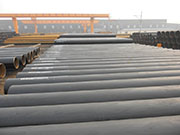
Processing technology and inspection steps of straight seam steel pipes
The welding current in the swing welding of the straight seam steel pipe is slightly larger than that of the traditional welding method; secondly, the elongation of the tungsten electrode in the swing welding of the straight seam steel pipe is determined according to the wall ...Read more -
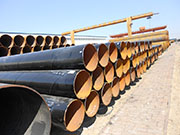
How to judge the quality of spiral steel pipe
1. From the surface of the spiral steel pipe to see whether the production process of the spiral steel pipe is exquisite. Generally, research and analysis of spiral steel are required, and the section of fake and inferior spiral steel pipes is oval. The reason is that the manu...Read more -
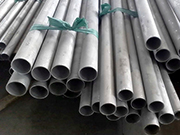
Stainless steel pipe surface finish grade
Original surface: NO.1 surface subjected to heat treatment and pickling treatment after hot rolling. Generally used for cold-rolled materials, industrial tanks, chemical industrial equipment, etc., the thickness is thicker from 2.0MM to 8.0MM. The stainless steel pipe processi...Read more -
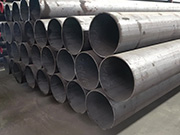
Why are large-diameter steel pipes mostly welded with steel
1. The use of large-diameter stainless steel can be divided into oil well pipes (casing pipes, oil pipes, and drill pipes, etc.), pipeline pipes, boiler pipes, mechanical structure pipes, hydraulic prop pipes, gas cylinder pipes, geological pipes, chemical pipes (high-pressure...Read more -
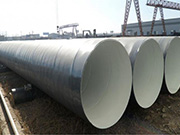
Which environments are large diameter steel pipes suitable for
1. Petrochemical: Crude oil, refined oil, petrochemical raw material, and finished product delivery pipes and oilfield pipe network. 2. Natural gas: submarine and onshore long-distance pipelines; gas pipelines at gas receiving stations; gas fields and urban natural gas pipelin...Read more -
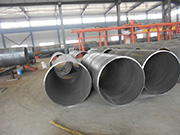
Execution standard of spiral welded steel pipe
Spiral seam submerged arc welded steel pipe SY5036-83 for pressurized fluid transportation is mainly used for oil and natural gas pipelines; spiral seam high frequency welded steel pipe SY5038-83 for pressurized fluid transportation is welded by high-frequency lap welding. Spi...Read more -
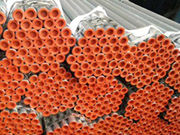
What are the characteristics of galvanized steel pipe
1. Anti-embroidery treatment on the surface of galvanized steel pipe is more durable, does not too fast oxidation, and will not form white rust on the steel pipe; 2. Carry out comprehensive protection for the galvanized steel pipe. After heating, every part of the steel pipe i...Read more -
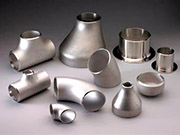
Matters needing attention in the installation of stainless steel pipe fittings
Stainless steel pipe fittings adopting flat connection have high requirements on pipe quality and high requirements on the outer diameter ellipticity, wall thickness, and physical performance of rubber ring of drainage cast iron pipe. In addition to the body quality of pipe fi...Read more -
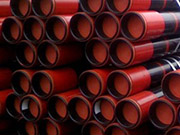
What is the difference between oil casing and oil drill pipe
There are two main differences between oil casing and oil drill pipe: 1. Different uses; 2. Different materials. Oil casing is a steel pipe used to support the walls of oil and gas wells to ensure the normal operation of the entire oil well after the drilling process and compl...Read more

